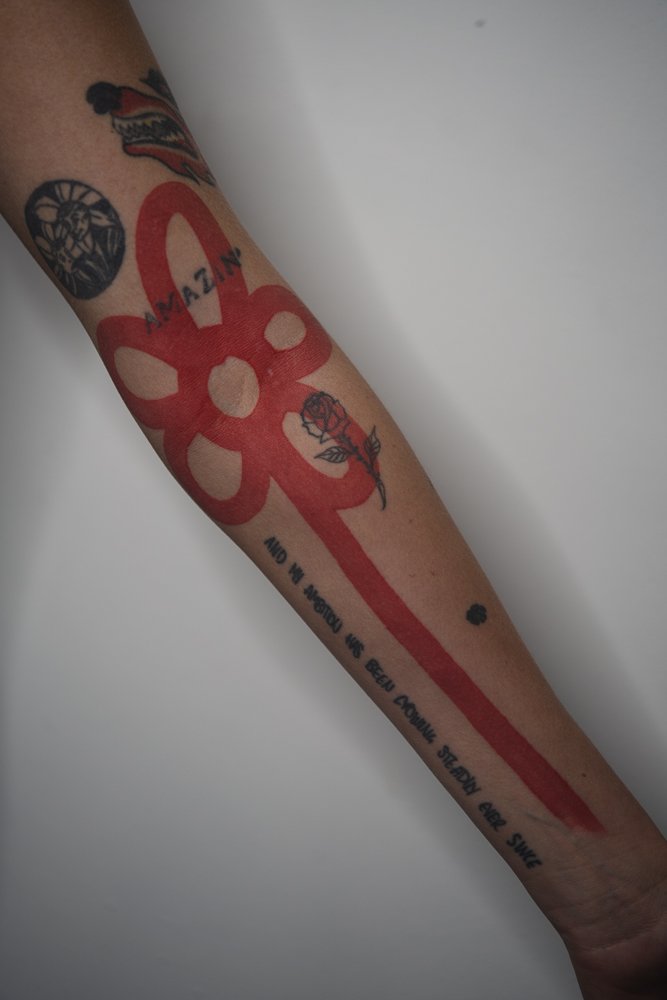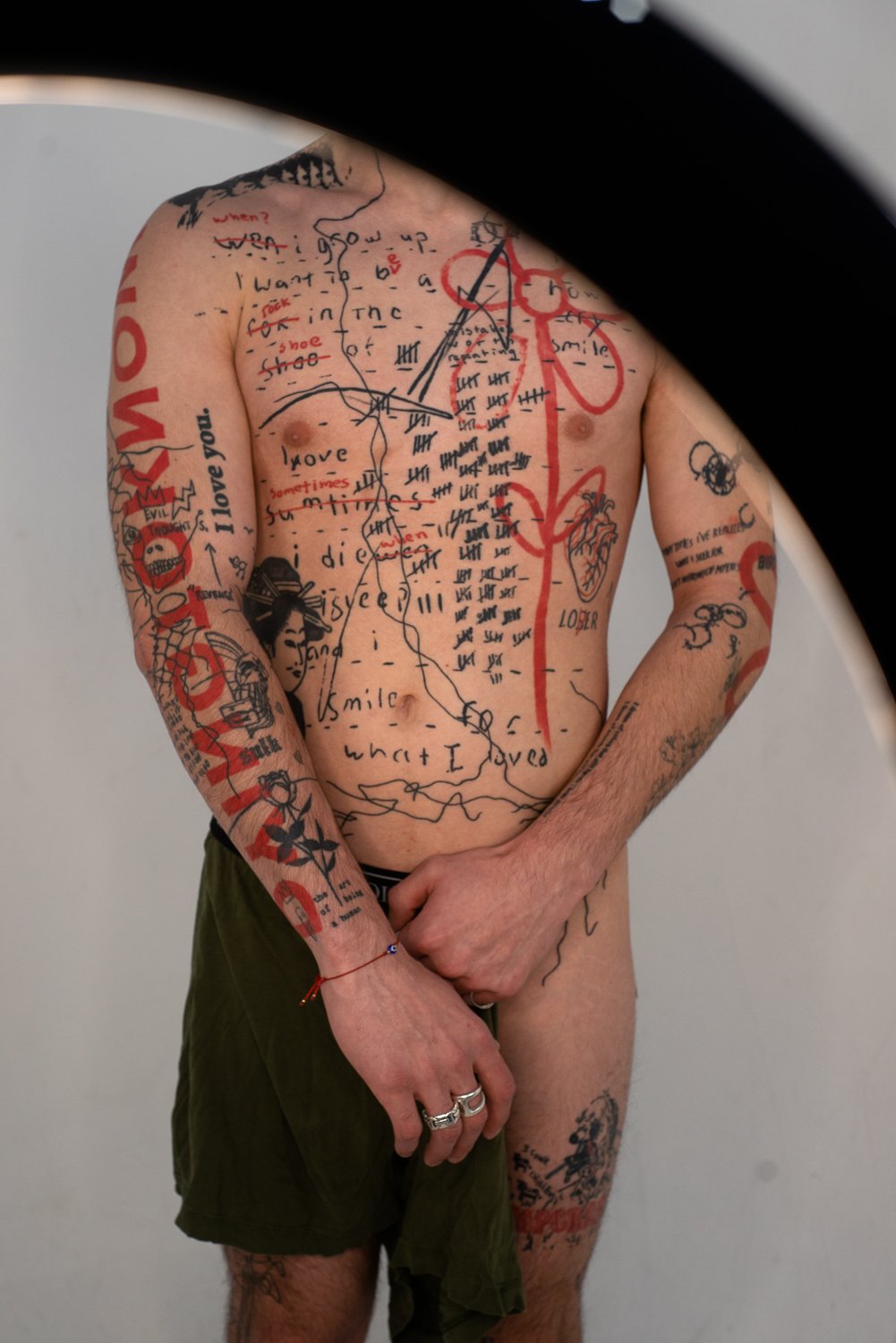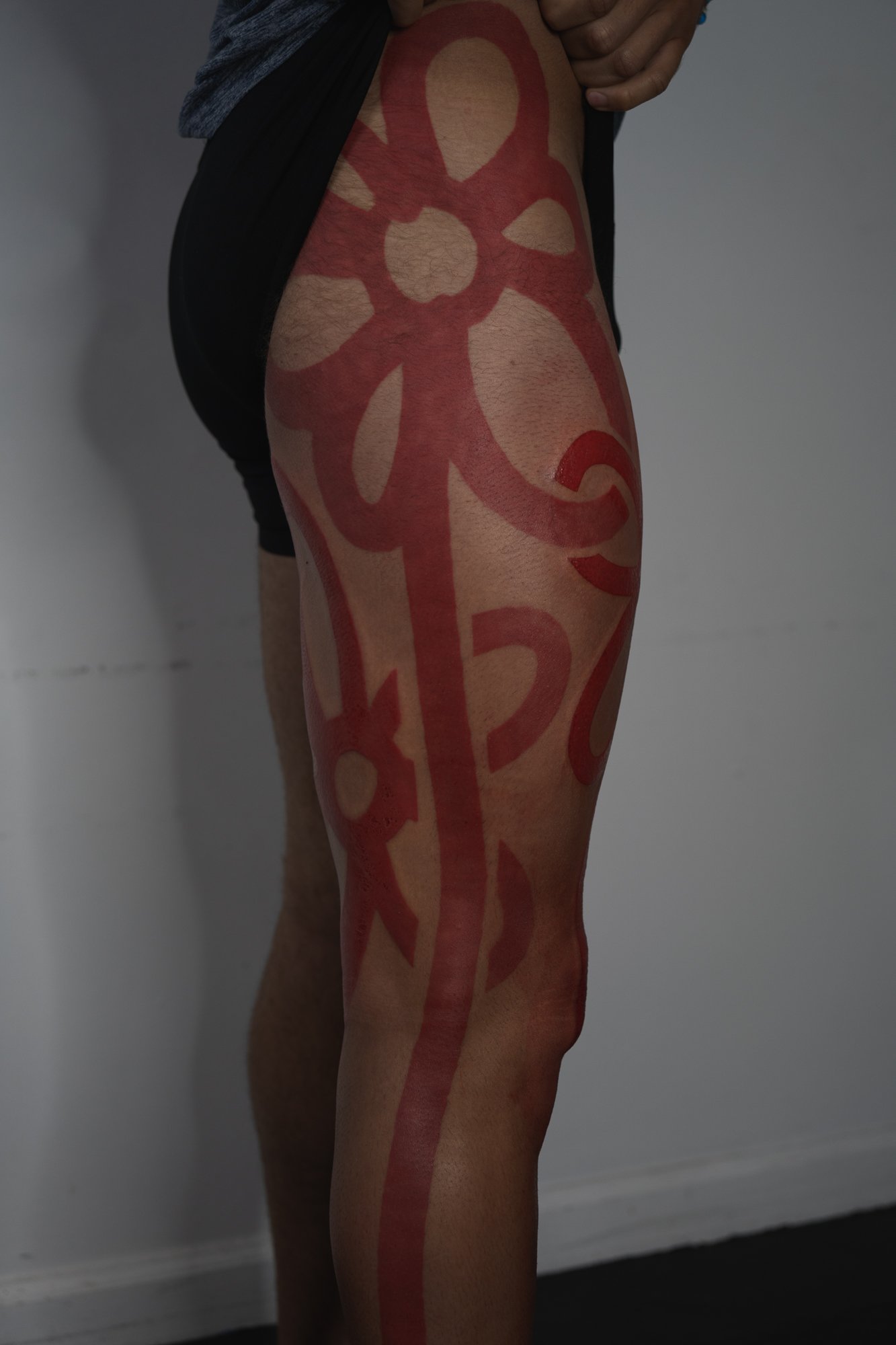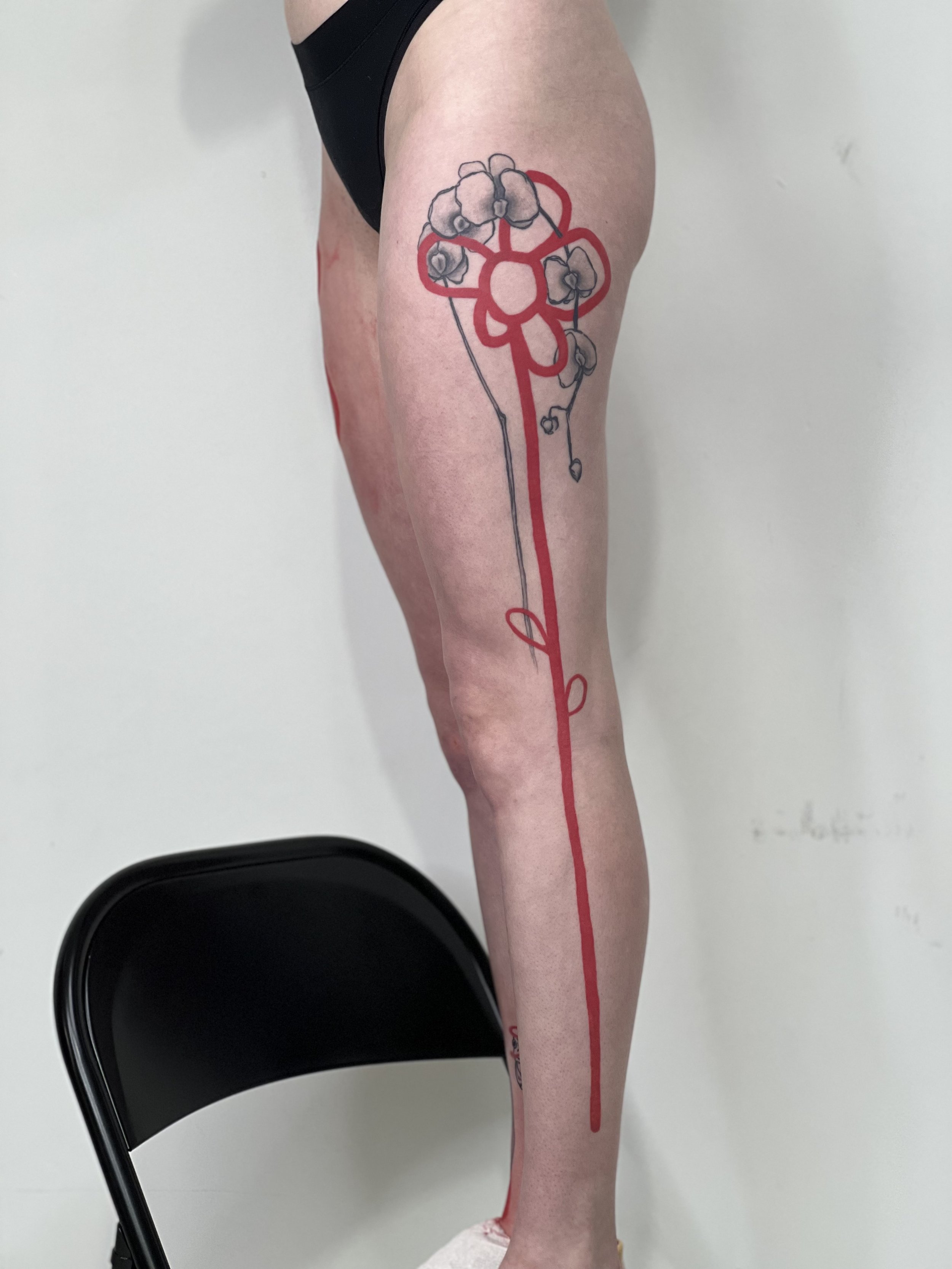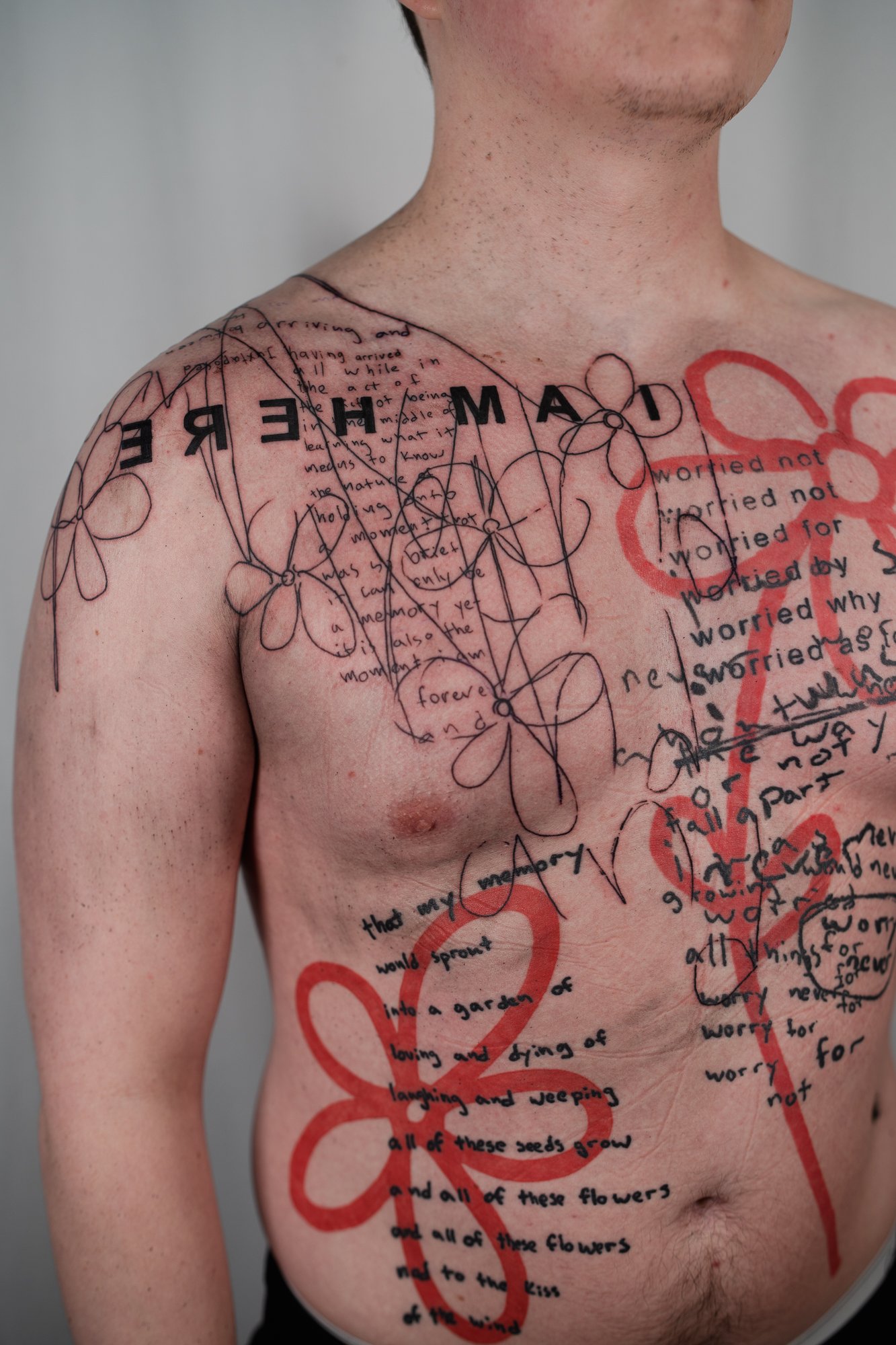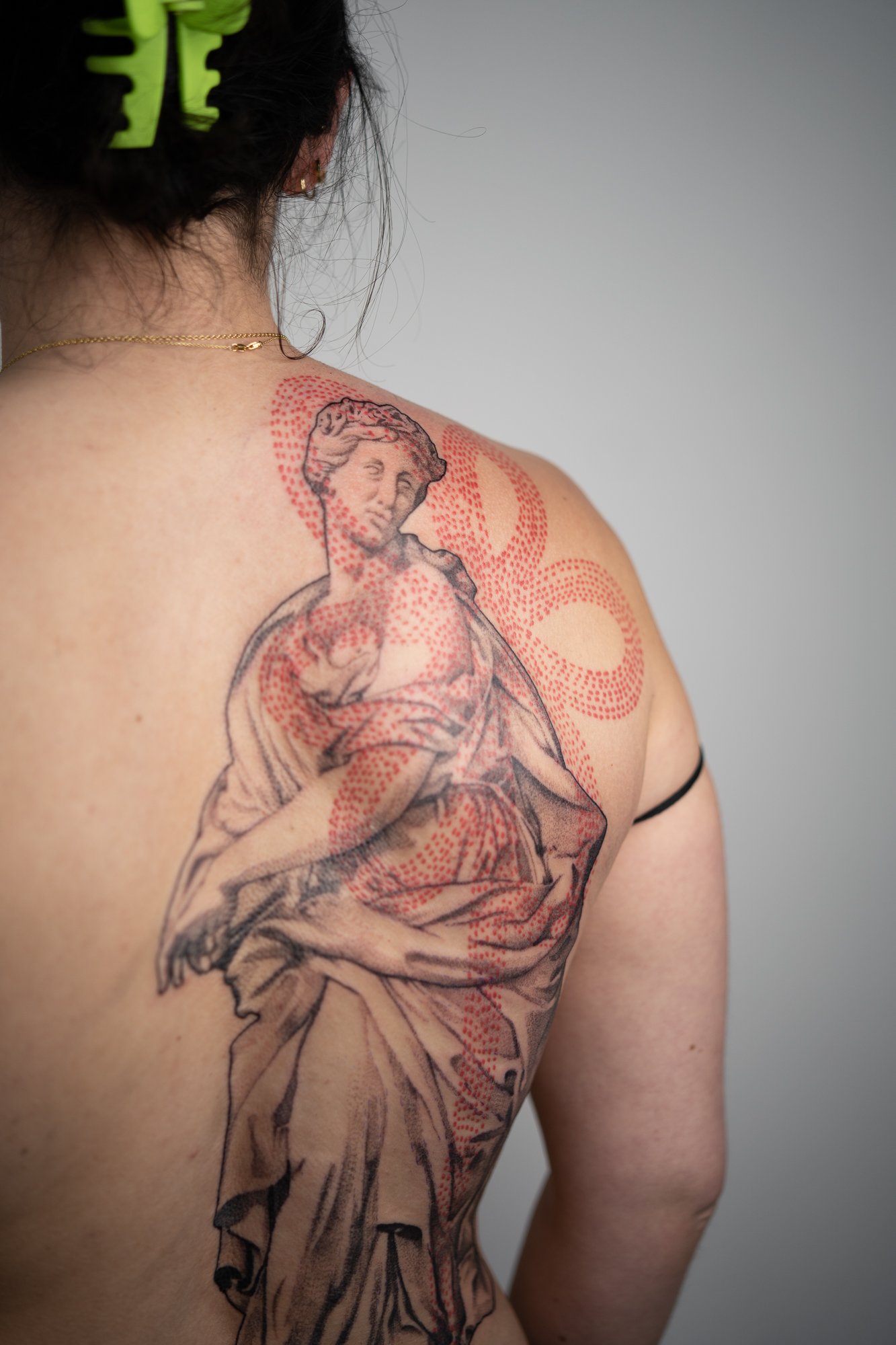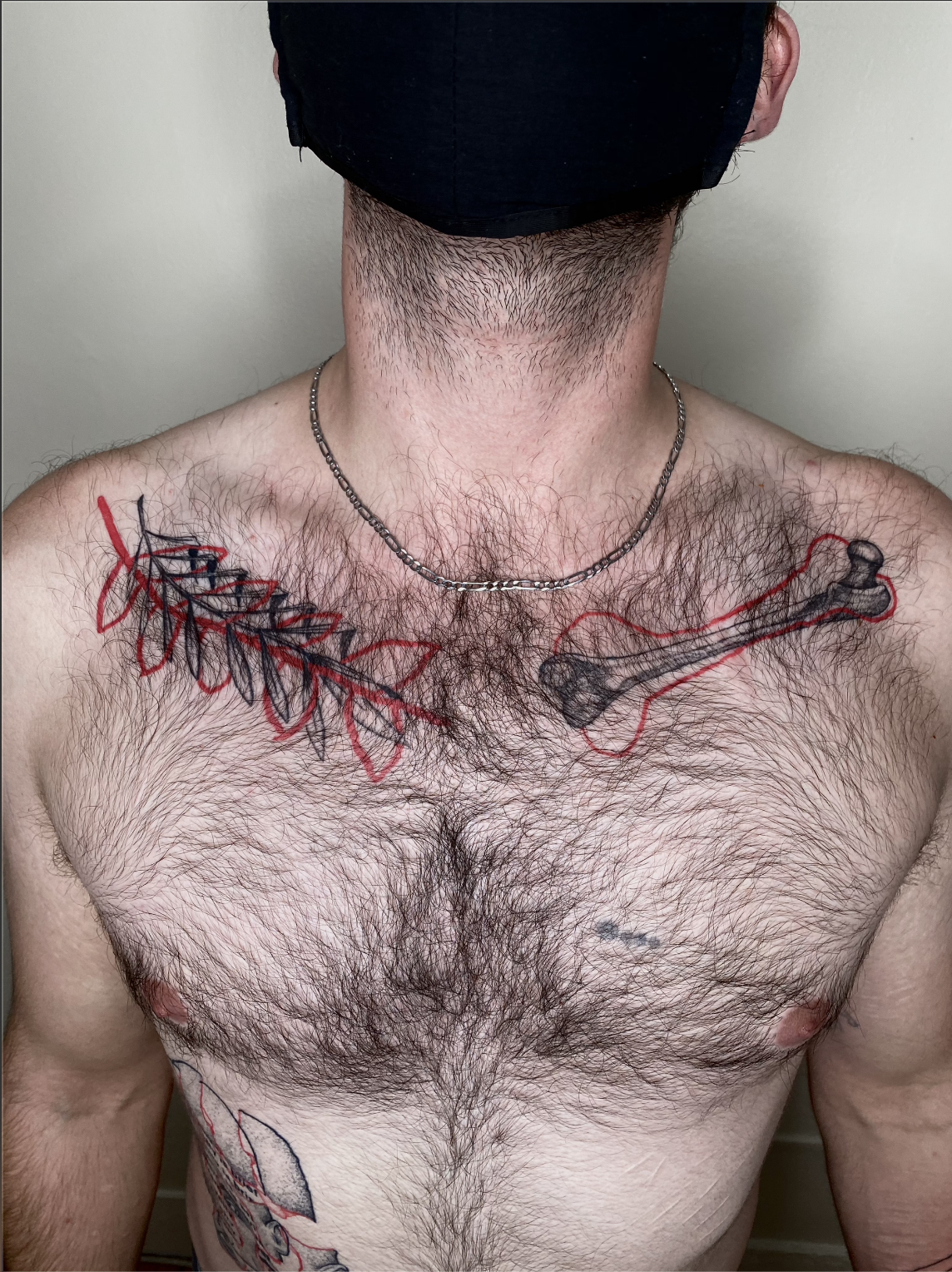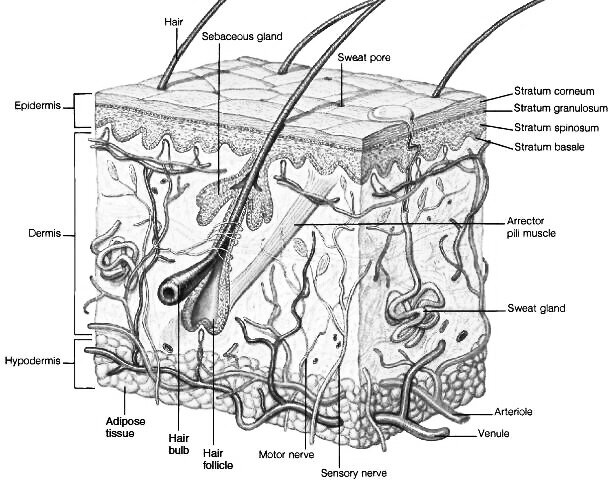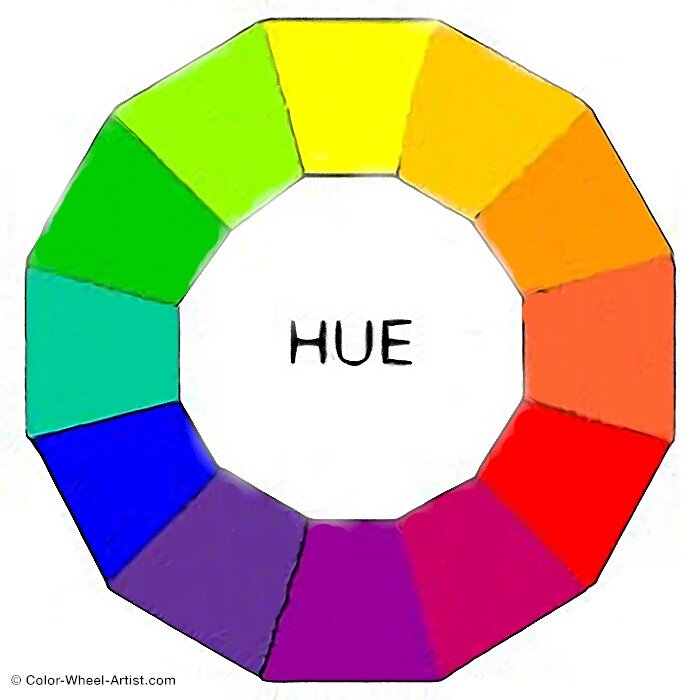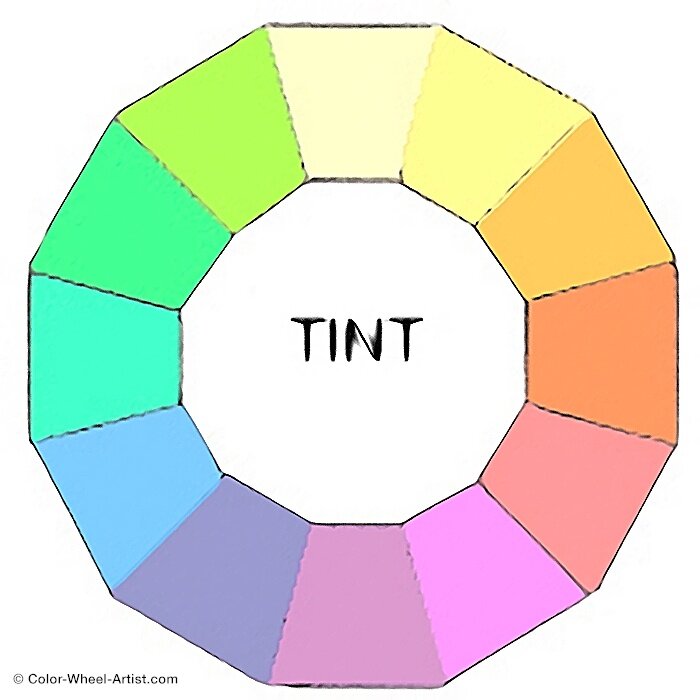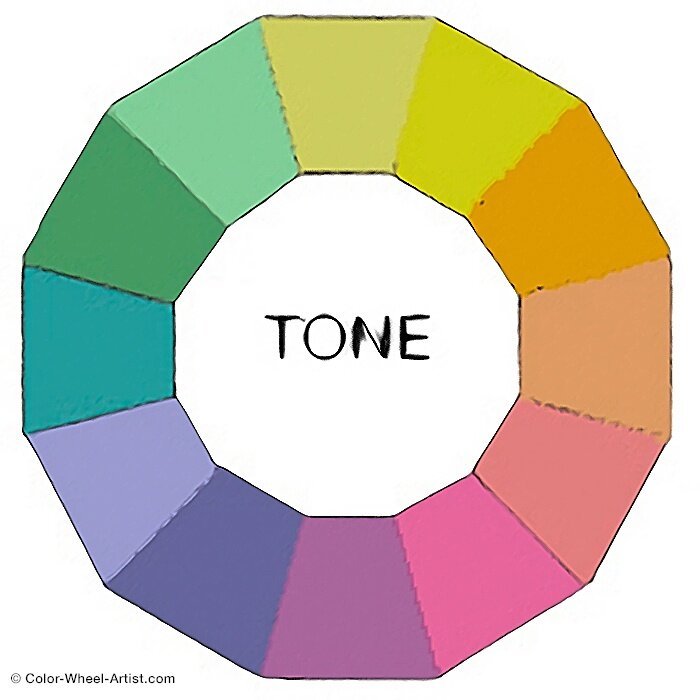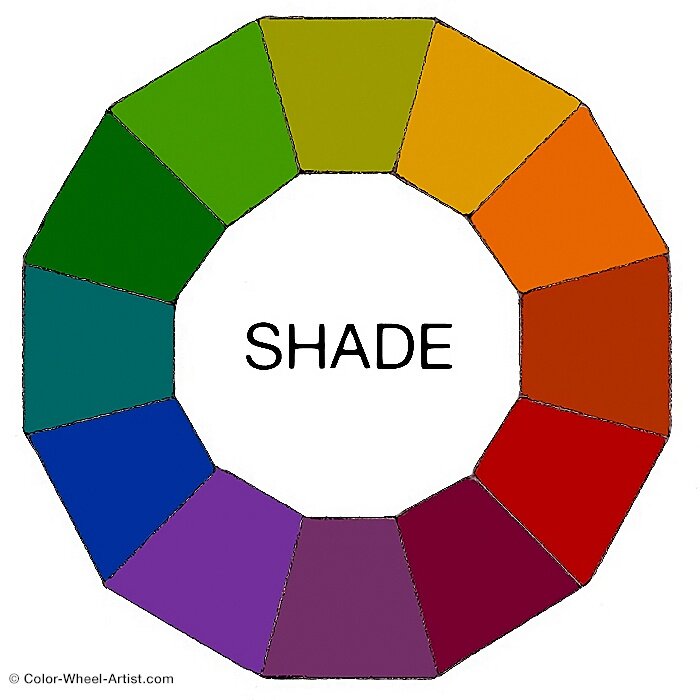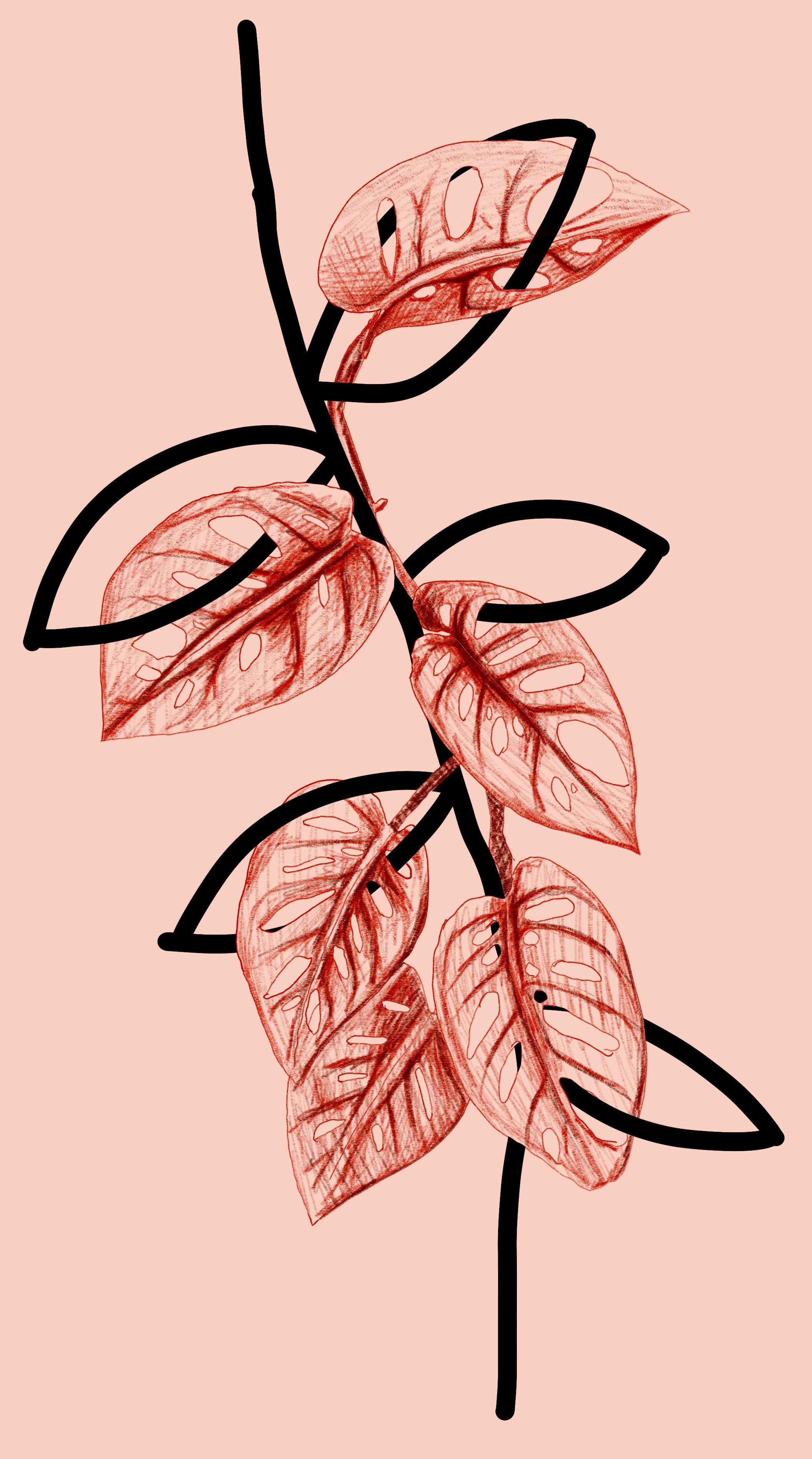q: why do you tattoo?
A: because tattooing is the hardest thing I’ve ever done.
tattoos aren’t the pretty things we see on Instagram feeds, they’re painful, they’re bloody, they’re awkward, they’re weird, they’re stretchy, they’re alive, they weep, they sing, they stretch, they dance, they love, they rage.
they’re an experience first and foremost. From conception to reception they’re a worn experience, something given, something earned. More and more I find myself showing up for that experience.
i’ve spent the majority of my life in one state of depression or another. i tried, for a time, to tell myself stories about myself, the world i live in, the systems i’m a part of. i experimented with fantasy, science fiction, drugs; all attempts to alleviate the burden of reality. all attempts to convince myself to be happy by changing the narrative.
unsuccessful. fun, but ultimately unsuccessful.
i found that only those actions that required a hyper focused state helped. dance, exercise, photography, ceramics, road trips etc. i wasn’t telling myself a story, i was simply existing. when tattooing is at its best it is a fusion of all these things. pain, connection, sensation, elevation. the individual experience of tattooing and receiving tattoos existing at the same time to make the communal experience. an opportunity to enjoy a crystallization of nebulous, existential dread. a moment to invite suffering to dinner. evidence of the most monumental human element; to try.
I find no comfort in telling myself that i’m strong, graceful, loved; stories of my existence. I don’t want a logical narrative I want a lived one. tattooing for me is an attempt to find that feeling and to connect with others through it.
q: what’s your hourly rate?
A: I have three appointment types. Full Day, Half Day, and Continuing.
Day rate sessions start at 11am and can go until 7pm. I use a flat day rate of $1000 + $200 deposit for all NYC appointments. Domestic travel appointments are $1000 +$300 deposit. International travel appointments are $1000 + $500 deposit.
Half Day sessions start at either 11am and go until 3pm or start at 3pm and go until 7pm. These are hard time stops as I usually book two appointments on half days. I use a flat Half Day rate of $500 + $100 deposit for all NYC appointments. Domestic travel appointments are $600 +$150 deposit. International travel appointments are $500 + $250 deposit.
For continuing sessions I use an hourly rate of $200/hr.
I do offer bi-weekly, monthly, or full payment plans. Tattoo must be paid in full before the appointment on a payment plan. Payments can be applied to a different session if you need to reschedule.
q: deposits?
A: Deposits are separate from the day rate and are non-refundable. Deposits can be applied to one reschedule at the location of the original appointment. So if I hear from you the day of saying you’re sick I can reschedule you, but if you have to cancel you won’t be able to get your deposit back.
If you have to reschedule more than once I will ask you to put down a new deposit.
Deposits for NY do not apply or roll over to any travel appointments and vice versa.
Q: how much will x design cost?
A: Depends! If it’s super big and will take multiple sessions then it’ll be more. Anything that can be completed in one sitting will be the same price. For continuing sessions I use an hourly rate of $200/hr
Feel free to ask me for an estimate when booking or once booked :)
q: do you sell your flash so that my tattoo artist can do it?
A: No I do not.
All designs are drawn the day of with the client to ensure the best fit for their body and needs. this is an experience that can’t be transferred.
Some things are worth waiting for and I try to travel as much as I possibly can.
Q: will you tattoo this specific design?
A: nope. I will only tattoo things I have drawn. I’m usually open and able to create something similar to, or living in the same world as what you’re wanting, but I will not replicate pre-existing designs. I’m also not working on styles that live dramatically outside of my stylistic world.
Feel free to reference the flash page for examples of the tattoo styles I’m currently working with.
q: how do text tattoos work?
A: So text work and I have a complicated relationship. In some ways it’s similar to tattooing religious iconography (bc both text & religion are ways of structuring reality) in other ways it’s a mental energy thing. Either way I don’t have the capacity to take on custom text pieces right now. I will always have a relationship with text and tattooing text; however, I’m trying to become more intentional in that relationship and a large part of intentionality is well being intentional. I have a few different text styles I can do, but I’m being very particular about the actual text that’s used.
q: is there anything you won’t tattoo?
A: yes. I won’t do any racist, sexist, or bigoted designs. I also will not do any religiously inspired work unless the intent is to re-contextualize, reimagine, or be satirical. I’m not doing any small single phrase or small single word text pieces. I will also not tattoo any other artists work.
q: coverups?
a: I do coverups and I enjoy doing cover ups, but not as much as blastovers :)
but seriously, yes I am open to cover up requests. a lot of my styles work well for that. on a side note, blasting over a piece usually allows for the old piece to be seen through the new one, which is super fun.
q: what do you like to tattoo?
A: I like to tattoo rad shit!
Currently I’ve been leaning towards more larger scale body-scapes. Figurative pieces that play with anatomy in fun ways, that are gestural rather than literal. I’m tired of bodies being seen as a collection of planes, legs that are separated from the torso, backs that are separated from chests, necks and hands that are separated from what they’re connected to. I want to make more work that throws these usual conventions of cutting up a body in the trash.
Text work is definitely not as much of a focus for me right now. It’s an element, but not where most of my energy is going.
Generally my flash and gives a pretty good insight into the types of designs, or the emotive qualities I’m currently mulling over. I would definitely look their before looking at what I’ve already done!
q: does it hurt?
A: I don’t know! I’ve seen enough variation person to person in regards to pain to have begun formulating a suspicion that the pain is a combination of a lot of different things.
are you rested/hydrated/fed?
how excited for the tattoo are you?
do you have much experience with pain/perseverance?
will we be tattooing over a part of the body you feel vulnerable about or has emotional triggers?
what kind of design is it?
In a way I’ve started to see pain in tattooing to be an issue of pain management rather than sheer tolerance. It hurts, that’s usually unavoidable. I’ve done similar tattoos in similar places on a variety of people and had some people express discomfort, some fall asleep, some twitch like the dickens, and some can barely handle it.
my suggestion? remind yourself that you initiated this experience. you are in control and are allowing the pain to occur. sit with it, sit with your body, let it wash over you. for me personally, I empty myself and do my best to be with the pain, the worst pain occurs when I try to ignore it.
some tricks I use to condition myself:
-meditation (try to do it unguided, so it’s just a practice of listening to and focusing on your breath)
-cold showers (make them cold enough that they take your breath away at first, it’s that moment of shock that you have to work through that we’re after. you can also end a warm shower with ~1min of cold)
-exercise/physical endurance (really anything that fosters a relationship with your body where it is responding to your commands and you’re able to acknowledge it’s discomfort and push on. this can also include long road trips, long walks, yoga, lifting, etc)
-psychedelics [this is not an endorsement] (psychedelics can be an intense experience similar to cold showers that force you to really structure your reality, deal with being overwhelmed, and negotiate foreign mental and physical sensations.)
these are all just things that have helped me grow my tolerance! certainly not a definitive list, but wanted to throw out some examples :)
Also! It’s very important to keep in mind that we can always always break it up into multiple sessions. If you don’t think you’ll be able to sit for five hours of color packing we can start with lining it and take the color packing one day at a time.
We have our whole lives to get tattooed, and I know you’re excited, but the best results are always when we’re both feeling groovy and there’s no reason to push yourself past your limits.
q: is there anything I should be aware of before getting a big piece?
A: Yes! Yes! Yes! Whenever getting large scale tattoos your body and immune system are going to be taking a real big hit. It is imperative that you don’t do anything to stress them out beforehand. So no donating blood, crazy all nighters, heavy drinking, long camping trips, marathons, or things like that. You need to be well rested and well fed to have an optimum session.
Skin is the largest organ that we have, it generally expresses everything that’s going on internally. I have noticed dramatic differences between tattooing someone who spent the previous week hydrating, sleeping, eating, and taking care of themselves and tattooing someone who hasn’t been doing those things. Please please please take this seriously. Being hydrated is not a one day thing, it takes a few days to become fully hydrated. This is also true for sleeping, get in a rhythm to maximize efficiency. I cannot stress how important this is both before and after your appointment.
The same logic applies to after the tattoo! It is imperative that you’re able to adequately rest for at least a day afterwards. Avoid doing really anything at all, like just sit at home and let the tattoo breathe. Don’t go thrifting, don’t go swimming, don’t go hiking all over town. Depending on the piece you’ll probably be wrapped up rather extensively which will limit your movement & you’re just going to have to live with that. If you’re used to getting tiny little tattoos that you just slap some second skin on and go about your life like nothing happened, this is not that. When we finish you’re going to want to go eat a bunch of food and then take a nap or go to bed. The better you take care of your body the better the tattoo will heal.
On that note: Large scale tattoos usually require large scale wraps. Don’t plan anything the day of the tattoo or the next day. The wrap will very well be inconvenient, you might be tired or sore the next day. Please prioritize this permanent piece of skin art over going thrifting, or gallery hopping, or working out or whatever. It will start to peel in a few days. Please try to not wear any abrasive clothing, bag straps etc where it’s peeling. Also try to be aware of how your skin folds if you’re going to be sitting for long periods of time. I’ve seen too many tattoos that were victims or excessive rubbing or sweating.
Large tattoos are a marathon, not only in the getting of them but the healing and maintenance of them. Please take this seriously.
q: what is a typical session like with you?
A: I’m glad you asked! I’ve typed out a fairly detailed walkthrough of a typical session with me.
q: touch ups?
A: yes! I always say “a tattoo isn’t finished until it’s finished”. Especially with large color packed pieces there are so many variables that can effect how it heals. Sometimes instead of overworking an area I’ll just wait to do it another time. Sometimes body movement, clothes, unforeseen circumstances, whatever can effect the heal. I want you to be walking around with the best tattoo you can have. So please let me know if we need to do a touch up, I’m not going to get offended or mad or whatever.
what constitutes a need for a touch up? well that’s your call. If the tattoo is not at a state that makes you feel jazzed then it probably needs a touch up. However, touch ups and reworks are different things. Touch ups are primarily to correct anything unintentional from the application or healing processes. A rework, or changing the design by adding, extending, or covering falls more into the category of coverups or blastovers and is considered it’s own separate appointment.
q: how well does the red ink heal/age?
A: Generally really well! I have red lined pieces that are almost two years old now (written on 10/28/2023) and they still look wonderful, I’ll let you know if I wake up one day and they’ve disappeared.
But for real let’s go back to biology. Tattoos reside in the second layer of skin, the dermis. The sole reason why tattoos are “permanent” is because the actual pigment molecules are too large for your body to break down. But believe me, your immune system is chomping at the bit to take a bite out of your supa fresh infinity sign. Tattoos age and fade due to UVA light. The UV radiation breaks up the pigment molecules and makes them small enough for your body to break down.
Different pigments are different sizes, and as we talked about above hues are often composed of a variety of colors. Sometimes black ink will have blues and greens mixed in to make it appear darker. Similar principles apply to secondary and tertiary colors. As the molecules break down sometimes it can effect the visible hue of the tattoo itself! It’s always extremely important to use quality inks so that your blacks don’t end up blue.
By this same logic, for a consistent heal primary colors fare the best because they are often composed of a more uniform pigment makeup. I’m mostly referring to red and blue because yellow is so close to so many skin tones that it rarely has the contrast necessary to stand on its own.
so, how well do red ink tattoos heal? it depends on how well you take care of them honestly. Red ink on the top of your palm is going to age differently from a piece on your upper thigh.
I’ve thrown some pics of red ink tattoos I’ve done that are all at least 4 months old, some older :)
q: what about melanated skin though?
A: Before we start I just want to say that nearly everyone has some degree of melanin in their skin. We’re all shades of yellow and red and orange and green and purple and sometimes blue. So this conversation is something that is universally applicable, because there is no “white”, every design changes in so many ways when it enters your skin. I can only answer this to the best of my current knowledge, I am by no means the authority on the subject, but I’ve done my darnedest to educate myself. That being said, it’s Biology Time :)
Melanin is an evolutionary adaptation to protect the skin from the damaging effects of the sun. In order to serve this role more effectively the cells that produce melanin (melanocytes) reside in the basal strata of the epidermis. The basal layer of the epidermis is the last layer of the the epidermis and sits directly above the dermis, which is where veins, hair follicles, and sweat glands live. Tattoos are hella sneaky and like to piggy back the protection that melanin offers, and so when we tattoo we’re putting ink into the dermis layer of the skin. Also the epidermis refreshes itself pretty regularly, so any ink in that layer get’s disposed of pretty quickly.
So, that’s the biology of it, now let’s talk about the “aesthetics” of it. This is mostly color theory. First let’s establish some common vocab.
hue - consists of the base primary and secondary colors, think of it as the “archetype” of any color. Black, white, and grey are not considered hues.
tint - any hue with the addition of white
tone - any hue with the addition of pure gray (50% white 50% black)
shade - any hue with the addition of black
mixing hues together can create tertiary colors that are often essential in the process of depicting color gradation. For example I would add increasing amounts of blue to red to make it darker for a red gradient, the resulting purple would eventually become so dark as to almost be black. The gradient would be different if I just added black to the red.
any secondary or tertiary hue is viewed as a solid color; however, in reality it is a trick of the eye! if I draw a red line on the wall, and right next to it I drew a blue line, then walked ten feet away I would see the line as purple. Variations of hue are created by the vibration between the primary pigmentation molecules as they sit next to each other.
When we look at a tattoo we’re viewing it through the filter of the present melanin. The filter of melanin effects color in a tattoo primarily by changing the hue of the piece. If you look at the flowers to the right yo’ll see the slight shade changes to the green and pink.
Now let’s get into something that affects both b&w and color tattoos. Contrast. I mentioned above that secondary hues are created through proximity of pigment, the same can be applied to black, white, and grey. Grey is created through a combination of black and white pigments, the net proximity approximation being a grey. In the same being black is going to appear differently when it’s surrounded by white versus grey or some other color. This is because the degree of contrast between them. The greater the contrast, the more apparent a color will appear.
When tattooing all ink resides within the canvas of your skin, your skin becomes the lightest value in the gradient of the tattoo (barring the use of white ink, but that also gets filtered by the skin so). When working with a more melanated skin the degree of contrast that can be achieved is shortened because of the range of midtone greys that don’t contrast enough with the skin tone to be readily apparent.
When working with lines a similar principle applies. Two black lines drawn close to each other on a white piece of paper are still going to have a large degree of contrast between them, and thus be easily distinguished from each other. If you decrease the degree of contrast between those lines and the canvas their distinguishability due to their proximity will decrease.
(Gosh I really hope I’m articulating this well.)
Point being, it’s always important to be aware of the naturally occurring hues, and to adjust designs to compensate for either hue variations or available contrast!


